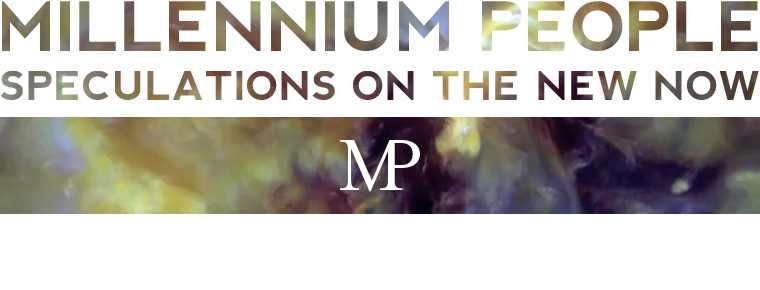
 From top: Dan Hill's 'The Cloud'; 'Sound as object' via Generator X; Toyo Ito's 'Tower of Winds'; Weather Bracelet from The Teeming Void.
From top: Dan Hill's 'The Cloud'; 'Sound as object' via Generator X; Toyo Ito's 'Tower of Winds'; Weather Bracelet from The Teeming Void.This is an unfinished draft from 2009, there are two others which have been chronologically placed into the archive (#2 & #3)...
The precipitation of the digital into the real has been accelerated by a virulent new wave of 'data visualisation', through which digital data and statistics are presented either through real-time displays or objects, mostly made by 'rapid prototyping' (which, as anyone who has ever used the process knows, is far from rapid).
I don’t know if you heard about it already, but Dan Hill (of City of Sound fame) recently posted about his new project: The Cloud. I won’t go into details, nor cast an opinion, but simply group it together with several other projects as examples of a New Millennium Spirit: data visualisation. In times-gone-by the problem was collecting the data, not representing it. Researchers developed speculative manners of presentation (graphs and specialist charts) and then went out into the world to collect the information. What I'm really saying is that modes of data visualisation were propositional about a certain reality.
Today, there exists way too much data: insensible and unreadable. Understandably, the challenge is in creating new ways of presenting that data. Unfortunately, very few of these modes are intuitively comprehensible. In the world of arbitrary employment of technological tools (Za … what was her name?) data visualisation has remained ‘meaningful’. But in reality, it’s just a new tool for the generation of forms and images. And yet there is something rather banal about all these works (with perhaps the exception of Ito – not out of favouritism, but simply because he was so far ahead of his times).
Baudrillard wrote: “It is the difference that constitutes the poetry of the map and the charm of the territory, the magic of the concept and the charm of the real.” This difference belongs to the order of representation. Though it might equally be the order of transduction: the conversion of one physical quality to another (as light to heat, kinetic energy to electricity, magnetic impulses to sound, etc). The map is in some sense a translation of the territory, from a space through the hand & mind onto the page.
Data visualisation is not the same as cartography (although cartography could be seen as a type of data visualisation, it is at its foundation a conceptual visualisation, since our perception of landscape is not a data operation) – the difference is that there is no difference between the source data and the presented data. There is no abstraction of the information, only an abstraction of the presentation of that data. The reification of the digital only produces a physical version of the electronic dross. Nothing about the information has changed, only its mode of presentation.
This goes beyond Baudrillard’s notions of simulacrum and simulation in the sense that his hyperreality had no counterpart in the real. The visualisation of the digital has recently moved from the ethereal to the real – 3d printing, and any number of other manners for turning data into objects. But what is the meaning of these objects? And what are their purposes? A map is a practical document related to the revelation of the real, but a bracelet of the year’s weather?



No comments:
Post a Comment